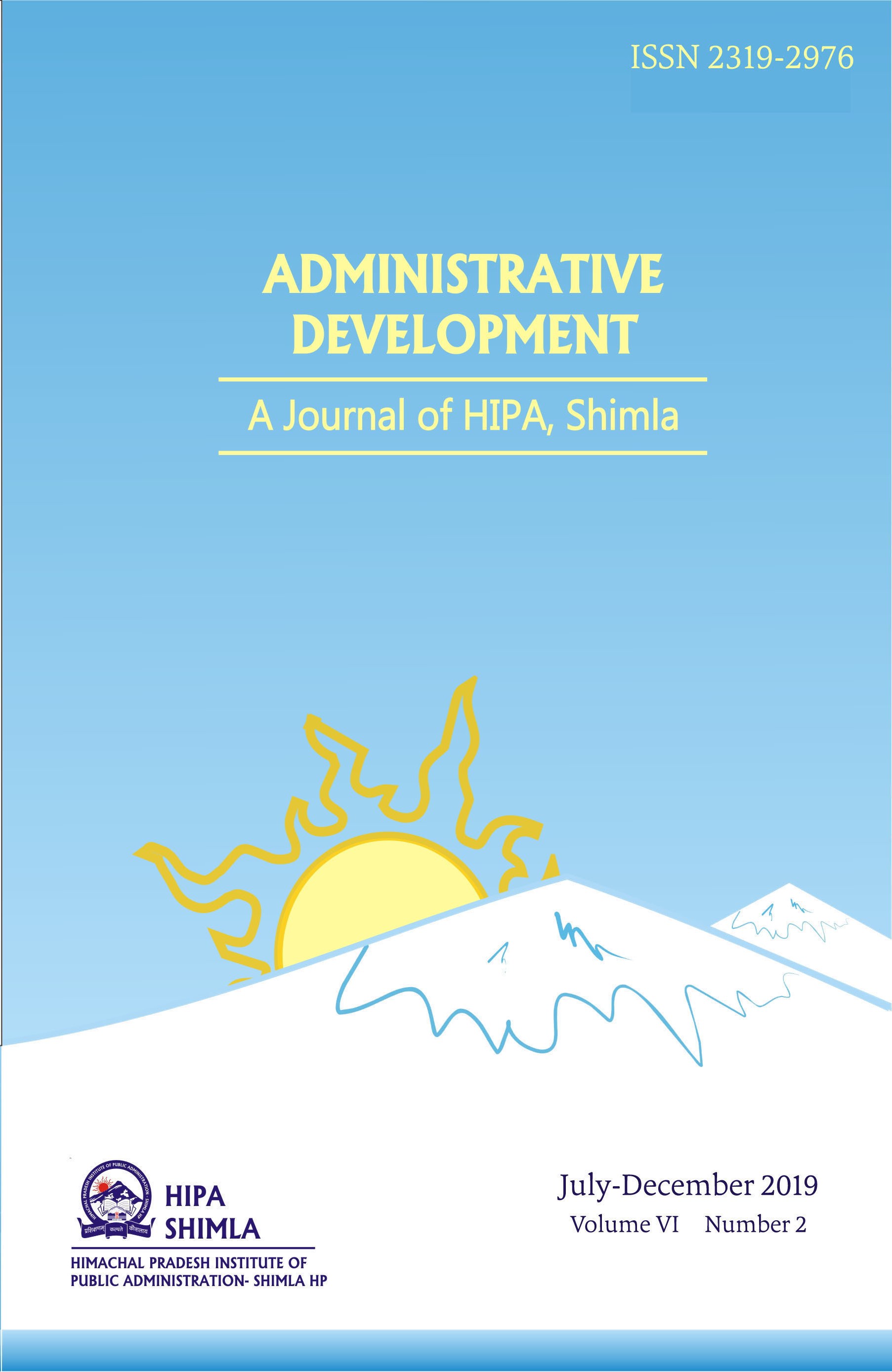IMPROVING DECENT WORK AND EMPLOYABILITY TO REVIVE SUSTAINABLE DEVELOPMENT GOALS
Keywords:
GDP, Employment, Growth, Investment, Human CapitalAbstract
During the last one and a half decades or so a number of developed as well as developing countries have been experiencing growth in GDP with meagre or even stagnant growth In employment - characterized as the phenomenon of Jobless growth. India too is passing through a phase of Jobless growth as revealed by significant deceleration of employment growth.
The new economic policies have further aggravated this situation. Increasing in formalisation casualisation and contractualisation, have also raised the questions about the quality of most of whatever new jobs are being created? And a disconnect between unemployment and poverty and between employment generation and poverty reduction has added another rather intriguing dimension to the employment debates. Growth without jobs is meaningless. The indication that a higher GDP does not automatically lead to more jobs was clearly visible in this era when despite a high growth exceeding 8.3 per cent on an average, only 1.5 crore jobs were created in 10 years (2004 to 2014). To counter the phenomenon of jobless growth, it would be desirable to reallocate investment in a decentralized pattern so that the benefits of investment percolate to the rural areas rather than getting restricted to metropolitan locations. Instead of moving rural people to infrastructures in urban areas, it would be more fruitful to take infrastructures to the rural people. Right to work should be treated as a fundamental right of every citizen. Promote inclusive and sustainable economic growth, employment and decent work for all. To revive Sustainable Development Goal (SDG) 8, which aims to promote “economic growth, full and productive employment and decent work for all,” there is need to improve the employment climate in the region, government should accord priority to investment in physical and human capital, institution development and in the infrastructure development.

Downloads
Published
How to Cite
Issue
Section
License
Upon acceptance of an article, authors will be asked to complete a 'Journal Publishing Agreement'. An e-mail will be sent to the corresponding author confirming receipt of the manuscript together with a 'Journal Publishing Agreement' form or a link to the online version of this agreement.
Subscribers may reproduce tables of contents or prepare lists of articles including abstracts for internal circulation within their institutions. Permission of the Publisher is required for resale or distribution outside the institution and for all other derivative works, including compilations and translations. If excerpts from other copyrighted works are included, the author(s) must obtain written permission from the copyright owners and credit the source(s) in the article. As a general rule, permission should be sought from the rights holder to reproduce any substantial part of a copyrighted work. This includes any text, illustrations, charts, tables, photographs, or other material from previously published sources.
This journal permits and encourages authors to post items submitted to the journal on personal websites or institutional repositories both prior to and after publication, while providing bibliographic details that credit, if applicable, its publication in this journal.
